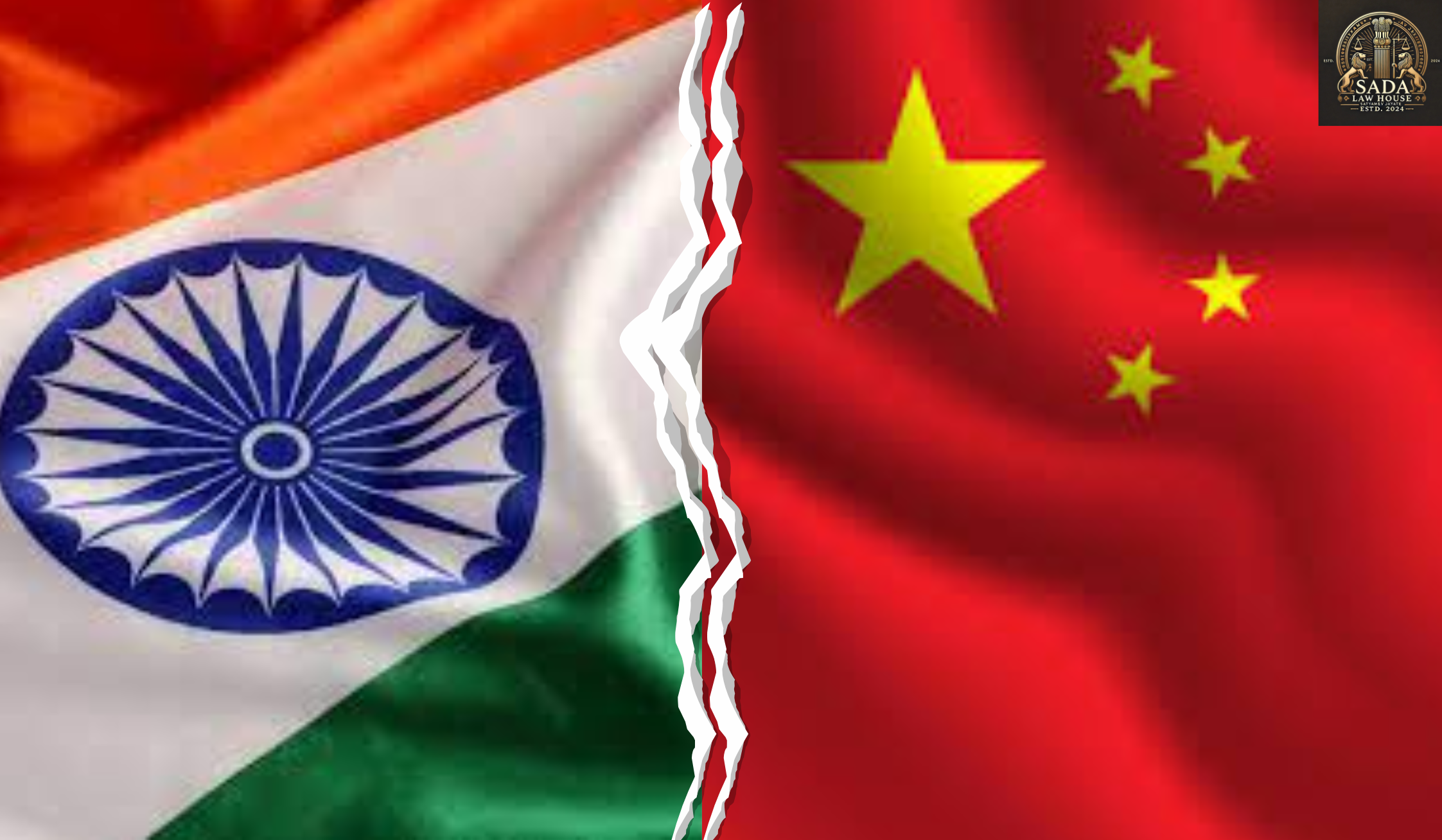Amid escalating tensions with the United States, India has moved to strengthen ties with China. Chinese Foreign Minister Wang Yi embarked on a landmark visit to New Delhi—the first in three years—paving the way for Prime Minister Narendra Modi’s highly anticipated trip to China. The visit highlights India’s recalibration of external relationships and assertion of strategic autonomy.
Key Highlights of Wang Yi’s India Visit
Bilateral Meetings
Wang Yi held discussions with Prime Minister Narendra Modi, Foreign Minister S. Jaishankar, and Ajit Doval, India’s National Security Advisor. Talks centered on:
Long-term de-escalation along the Himalayan border.
Troop withdrawal protocols.
Confidence-Building Measures
The two sides agreed to:
Enhance border security.
Resume tourism and pilgrim access to Tibet.
Expand trade in rare earths, fertilizers, and pharmaceuticals.
Strategic Context
The visit comes ahead of Prime Minister Modi’s participation in the upcoming Shanghai Cooperation Organisation (SCO) summit in China—his first in seven years.
Geopolitical Backdrop
U.S.–India Strains
The U.S. imposed tariffs of up to 50% on Indian exports.
Washington criticized India’s continued oil ties with Russia.
These measures mark a sharp contrast from the earlier Trump–Modi camaraderie.
India’s Strategic Balancing
India is pursuing a multipolar approach—balancing relations with the West, China, and Russia. This reflects its historic foreign policy philosophy of non-alignment, ensuring autonomy amid unpredictable U.S. policy shifts.
Implications for Regional & Global Politics
Reduced U.S. Leverage – A closer India–China partnership could diminish American influence in South Asia.
Diplomatic Hedging – India is positioning itself as a swing nation, resisting pressure from global superpowers.
Enhanced Regional Diplomacy – By advancing cooperation and toning down rhetoric, India and China may shape a multipolar world order less reliant on Western dominance.
Expert Insights
Foreign policy experts view this rapprochement as a pragmatic shift. From easing border tensions to preserving strategic autonomy, India is exercising flexibility while avoiding overdependence on any single power.
Looking Ahead
Modi’s Upcoming China Visit – The SCO summit will be crucial in defining the future of India–China ties.
Economic Partnerships – Strengthening trade in key sectors could deepen cooperation, though sensitive to global geopolitics.
Test of Strategic Autonomy – India’s balancing act between Washington and Beijing will shape its long-term foreign policy posture.
Conclusion
The 19 August 2025 diplomatic exchanges signal India’s evolving foreign policy strategy amid shifting global dynamics. Strengthened ties with China highlight India’s pursuit of strategic hedging and autonomy in a multipolar world order, while recalibrating its approach to the West.







